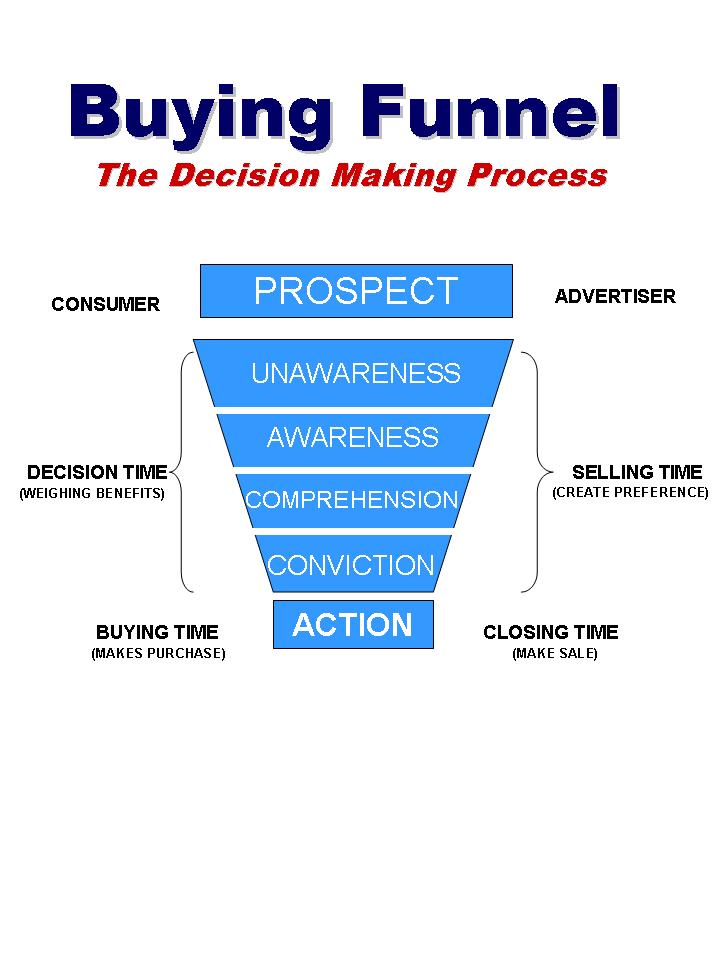Several great minds, including literate Mark Twain and U.S. President Woodrow Wilson, have been credited with saying in one form or another, “I apologize for the length of this letter. If I had more time, it would have been much shorter”. Whether giving a speech,...
Sound ADvice
Experience Matters
It’s been said that a business owner wears 15 different hats: owner, manager, purchasing, advertising, marketing, human resource officer, receivables, payables, accounting, estimator, budgeting, hiring and firing, job superintendent, trainer, maintenance, customer...
Unlocking The Marketing Mystery
Have you ever thought about why your customers do the things they do and why they buy what they buy? How did they come to that conclusion? When did they first hear of your business and when did they decide to consider doing business with you? Subconsciously all of...
Facts or Stories?
Is Advertising Rocket Science? You’ve heard the expression, “It’s not rocket science”, but when it comes to advertising is science a good thing or a bad thing? The word “Science” comes from the Latin word “Scientia” which means knowledge. If advertising was a...
Preachers, Teachers and Advertisers
Preachers, Teachers, and Advertising The goal of every preacher, teacher, and advertiser is to grab the attention of the person they are speaking to and make sure that they not only hear the message but also understand and retain the message. So, what can preachers...
The Right Media Recipe
The Right Media Ingredients A little of this and a little of that can work when making cookies in the kitchen. But when it comes to marketing your business, having the correct “Media Mix” is crucial to capturing your immediate sales, and more importantly, your future...
Feelings First, Facts Second
No matter what your personality make-up consists of, there's a universal truth that you have to know: Feelings First, Facts Second This is how humans work. Even those analytical engineering types, believe it or not. Those engineers and scientists that rely only on...
More Than Price
Breaking the Tie Being different is sometimes all that is needed to break the tie. In a retail world that’s changing faster than the speed of sound, it continues to be more difficult to stand out among the crowd. Regardless if you own a retail store or you have a...
Invite Them To Be Your Customer
Would you ever consider attending a wedding for which you had not received an invitation? Would you go to someone’s home for dinner without first receiving a formal invite? Do you think your customers, and the community in general, will walk into your place of...









